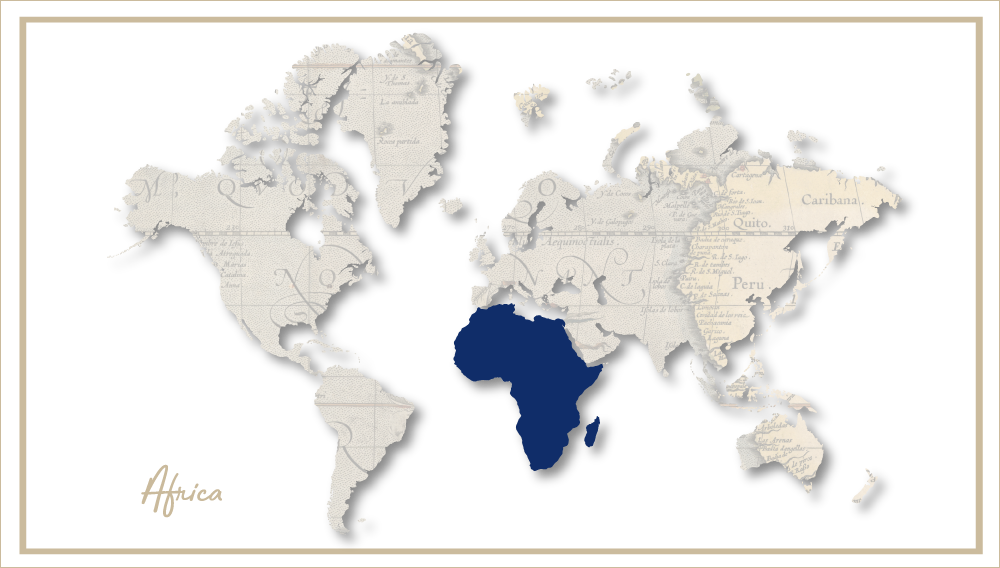Competition between SABMiller and Diageo is heating up in East Africa
As we reported, the battle for Serengeti began to heat up last year when SABMiller succeeded in scuppering Diageo’s courting of Serengeti after securing a London court injunction. Eventually, SABMiller and Diageo settled out of court. But the settlement suggests that the 2002 share exchange between the companies, which translated into a “if you leave my market alone, I will not attack yours”, is becoming increasingly redundant. This is certainly better for Diageo than SABMiller. In the past, SABMiller tried to make headway in Kenya but failed.
Bearing in mind that Tanzania is SABMiller’s largest market in Africa outside South Africa in terms of volume, the entry of EABL/Diageo into Tanzania will pose a new challenge to SABMiller.
The terms of the approval by Tanzania’s Fair Competition Commission require EABL to off-load its 20 percent stake in Tanzania Breweries, a 52.8 percent subsidiary of SABMiller and Serengeti’s arch rival.
The Fair Competition Commission also wants EABL to ensure the continuity and promotion of Serengeti’s identity. EABL will have to continue with the production of Serengeti’s current brands for at least five years.
What will EABL do with Serengeti? Consolidating Serengeti’s existing volume share and EABL’s core brands (previously bottled by SABMiller in Tanzania) would provide a volume market share of about 30 percent, which underlines why SABMiller was so keen to stop Diageo from breaking out of their 2002 agreement.
EABL’s presence should offer Serengeti the financial muscle it needs to boost its market presence and raise its share of the Tanzanian market.
Moreover, the Serengeti deal promises EABL access to a broader raw materials market and the possibility of reduced excise duty in the East African Common Market. The start of the East African common market in June 2010 will allow companies, like EABL, to export their goods in the wider East African region much more easily.
With per capita consumption of formal beer still very low across the region and disposable incomes expected to grow considerably over the next few years, it is more important than ever for the leading beer companies to strengthen their competitiveness.
EABL draws 70 percent of its revenue from Kenya, 20 percent from Uganda, 7 percent from Tanzania and 3 percent from the Great Lakes Region and has expressed its intention to reduce Kenya’s contribution to the top-line to 50 percent.


